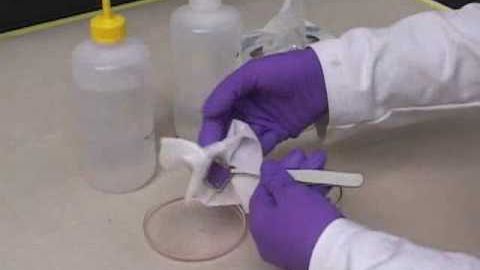
字幕と単語
動画の中の単語
step
US /stɛp/
・
UK /step/
- n. (c./u.)(ダンスの)ステップ;一歩の距離 : 歩程;段階;足音;(階段などの)段 : 踏み段
- v.i.歩く : 踏む
A1 初級TOEIC
もっと見る side
US /saɪd/
・
UK /saɪd/
- v.i.~の側につく : ~に味方する : ~を支持する
- n.(意見 : 立場などの)一方 : ~側 : ~派;(左右の)体側;(性格の)側面 : 様相;(物体の)側面 : わき;(スポーツなどの)組 : チーム : サイド
- adj.副次的な : 付随する;そばの : わきの : 横の
A1 初級
もっと見る counter
US /ˈkaʊntɚ/
・
UK /'kaʊntə(r)/
- v.t.反論する;阻止する
- pref.逆の
- n. (c./u.)質問や意見に対する返事;調理台;物を数える人や装置;ゲームのトークン
B1 中級
もっと見る エネルギーを使用
すべての単語を解除
発音・解説・フィルター機能を解除
